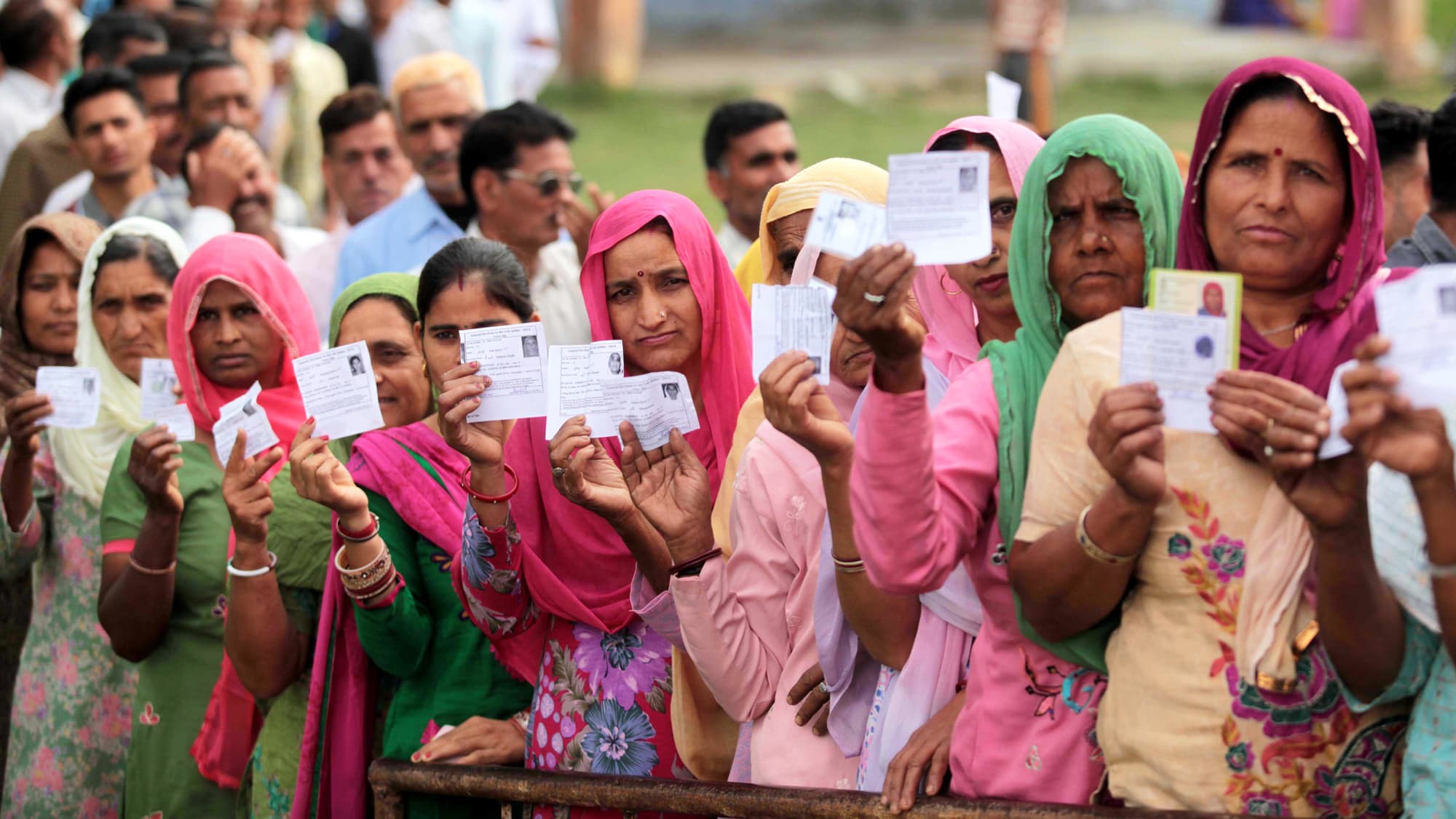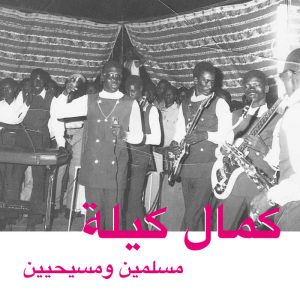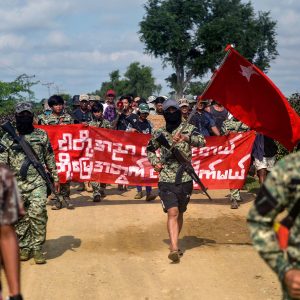In a matter of weeks, Indian Prime Minister Narendra Modi will find himself awaiting poll results for the nation’s General Election, wondering whether he will be reelected to office for a third time. This time, however, will be very different from Modi’s previous runs—in 2014, the man was a fresh face to Indian national politics, bringing strong infrastructure policy and even stronger promises of unifying a democracy struggling to find international footing. In 2019, he stood for reelection with a platform asking for a second chance at a renewed economy, the religious divide of the Hindutva movement only slowly peeking over the horizon. Those ethnic and religious schisms now stand at the forefront of his 2024 election, leaving the Prime Minister with no choice but to either address the increased polarization gripping India head-on, or lead with a vague domestic platform.
A Man of (Some of) the People: Modi’s Popularity Within India
India’s general election is set to be held over the span of multiple weeks this upcoming April and May. The election occurs in the Lok Sabha, or House of the People. Instead of working on a candidate-based system, Indians vote for various parties, who form coalitions to create coalition governments. This year, a coalition of parties called the National Democratic Alliance (NDA) contains the Bharatiya Janata Party (BJP), the party of incumbent Prime Minister Modi. The NDA’s main opposition coalition is the Indian National Developmental Inclusive Alliance (INDIA), headed by the BJP’s historic main opposition, the Indian National Congress (INC). The BJP leans on the conservative end of India’s political spectrum and heads the NDA coalition government. These two coalitions will be the main focus of the general election coming up, especially as the country becomes increasingly conservative under the BJP’s governance.
The BJP, for Modi, is polling highest among the coalitions for this year’s election, and many are therefore predicting his likely win this spring. Modi has become even more popular in India following his two terms in office for various reasons, such as his vehement actions to protect the nation’s borders from long-time foreign adversary Pakistan and his improvements to infrastructure systems such as roads and gas lines throughout India. However, the major factor that has seemed to boost Modi’s popularity is his appeal to India’s majority Hindu population.
The Prime Minister began his political career as a supporter and active member of the Rashtriya Swayamsevak Sangh (RSS), a conservative Hindu nationalist volunteer group. Modi’s supporters commonly highlight his affiliation with the RSS, this link garnering much support amongst Hindu nationalists for the BJP. The rise of Hindu nationalism in response to Modi’s rise to power has led to some periods of aggressive ethnic and religious violence in India, worsening as the BJP continues to govern the nation, specifically due to Modi’s consistent circumvention of the problem. As the Hindu majority has cemented itself more as Modi’s primary voter base, the nation has become more polarized.
India’s Ascent to Autocracy and the Ideology Behind It
While incredibly popular within India itself, Modi has been met with criticism from much of the international community, specifically from those who recognize his election in 2014 as India’s official entrance into authoritarianism. Foreign powers are concerned with India’s dwindling democratic norms, such as the increase in violence against the press and various minority groups. The religious tensions rising within Modi’s India have created a balancing issue for Western nations. At the last G20, which took place in New Delhi in September of 2023, Prime Minister of Canada Justin Trudeau shared a heated private exchange with the Indian Prime Minister over the killing of a Sikh separatist in Vancouver which allegedly involved Indian agents. The increased ethnic and religious violence occurring within India has begun to spread elsewhere, creating tensions between other nations, coming at an inopportune time when India is slowly becoming more prominent on the global stage, as illustrated by its hosting of that most recent G20.
The polarization occurring within India has seeped outside of the nation and into the rest of the diaspora. Indians living in the United States and United Kingdom have found themselves embroiled in violent altercations involving Hindu-Muslim relations both within India and amongst Indians living abroad. This comes with the rise of the Hindutva movement, or the political ideology which pushes India as an Indian nation, therefore justifying hostile actions and sentiments towards Muslims within the Indian diaspora. The Hindutva movement can act as a symbol of Modi’s India: an on-paper democracy which is becoming increasingly religiously hostile as ethnic and religious schisms continue to tear Indians apart. While Modi might have inherited the religious cleavages, his policies and ideologies have only been able to exacerbate them rather than ameliorate these tensions. When Modi first won election in 2014, his economic policies crafted to better Indian infrastructure were in the spotlight among his Hindutva-adjacent social policies, but many were willing to harp on the former to look over the latter when defending their vote for him. However, as the nation gears up to elect Modi for a third time, both foreign and domestic pressure might cause a reevaluation of India’s more authoritarian policies cementing in Modi’s government.
Modi in the Domestic and International Hotseat
There are major policy implications at play in this year’s general election, mainly delineated through the BJP’s platform and the INC’s platform on key critical issues. The majority of these issues ultimately come back to the nation’s religious divide. The BJP and Modi specifically have been campaigning on a platform of Hindu nationalism and promises to invest in infrastructure for the past decade, and remain unmoved in the coming election. Modi’s voter base consists of a large majority of Hindu nationalists, who agree with his leveled hostile sentiments towards India’s Muslim population, which presumably provides the BJP’s confidence in this upcoming election. By contrast, India’s opposition has been banding together to unite against the BJP after the disqualification of Rahul Gandhi, a prominent Congress leader, from the Lok Sabha. While it is uncertain whether they will be successful in their attempts, the unification of the opposition sends a strong signal to the BJP about the effects that their policies have had on India’s disunity.
Therefore, the election comes at a time when Modi appears vulnerable—not necessarily to the prospect of losing, but to coming under deft criticism from his opposition, creating a ripple effect throughout the diaspora and the international community. While polling is predicting Modi’s win in the Lok Sabha, it is also predicting a sharp drop in seats for the BJP. In comparison to his first election, Modi is no longer able to hide the polarizing nationalist policies of the BJP behind the veil of investment in infrastructure and jobs for Indians; paired with his opposition unifying, it is very possible that the Prime Minister will have to reckon with Hindutva and its place in the nation very soon. Additionally, if the domestic pressure is not enough to cause Modi to become more cautious of his nationalist policies, international pressure might be. In July of 2023, U.S. lawmakers cited increased worry over India’s consistent religious discrimination, urging the State Department to take some form of retaliatory action to force Modi’s hand into doing something about the rising religious tensions.
It seems as though the 2024 Indian General Election is a lot less predictable than it seems. The unique political moment combined with the exponentially increasing religious and ethnic tensions leaves India in a volatile position, one that Modi will eventually have to face and answer to as the nation gets closer to election day.
Featured Image: CNBC






Comments are closed.